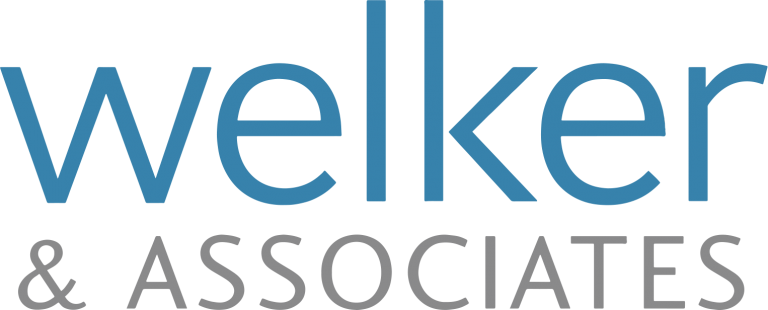If you’re not at the point where bankruptcy is a realistic option, it’s still important that you begin managing your finances (before bankruptcy becomes a reality). The most important step you can take towards controlling debt is to budget – this is the only way you’ll have a clear understanding of where your money goes. And only then can you start to see where you can cut back, prioritize your debts and regain control.
1. Set a Budget
The first step is to get a handle on how much debt you have. Find your credit card and loan statements to get an idea of the outstanding balances and the interest rates each of them are charging. This will help you get an understanding of how much you owe and will make it much easier to set a budget.
A few tips to set a budget include:
Review your total after-tax income
Breakdown and analyze what you are spending your money on each month
Try and cut out any unnecessary costs and stop impulse purchases when you’re out grocery shopping or at the mall.
This will give you a good idea how much you have left over at the end of the month to put towards paying off your debt. Or, if you have no money at the end of teh month (or are in the negative), it’s time to go back to the budget drawing board.
Once you have a budget you’re in a great position to put a plan in place to begin reducing your debt.
2. Tackle highest interest debt first
A great place to start tackling your debt is to begin with those charging you the highest interest, which is typically your credit cards. They charge huge amounts of interest, up to 29%, and can take years to pay off if you only pay the minimum amount.
Did you know that if you have a $1,000 credit card balance and only made the minimum payment each month, it would take you almost 10 years to pay it off! You’d also end up paying over $1,000 interest! So try and avoid paying only the minimum amounts each month if you can.
3. Review biggest debt
The next step would be to review your biggest debt which for many of us is your mortgage. With all the excitement that comes with buying a property and turning it into a dream home, many people are happy to not think about their mortgage again. It’s easy to view it as a monthly expense, rather than a large debt that should be actively managed to try and pay down as quickly as possible.
A few quick ways to reduce your mortgage debt include making sure you compare mortgage rates before you purchase or refinance, move to accelerated payments and take advantage of your mortgage lenders prepayment options. These steps can reduce the number of years and interest you’ll pay over the life of your mortgage.
4. Be a smart shopper
It is a very competitive market and there are many companies competing for your business other than your current bank or credit union. If you’re looking to renew or refinance your mortgage, or shopping for a new credit card, be sure to compare the market and find the best offers. Take advantage of some of the great offers to save money.
Try these debt tacking tips for a few months. If you find that you are still struggling with debt, it may be time to seek help.



